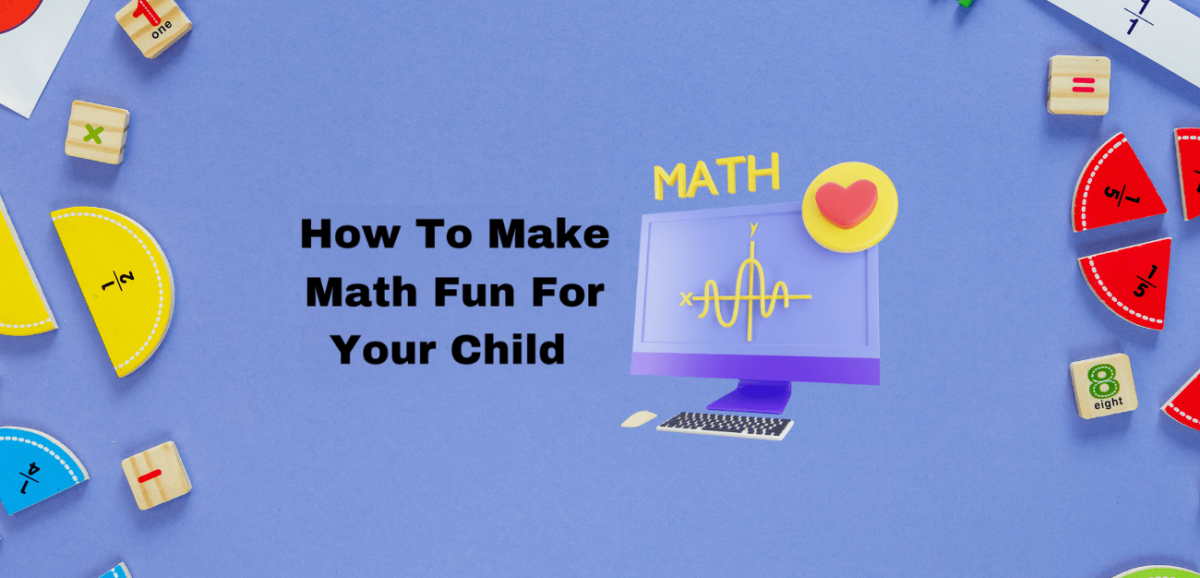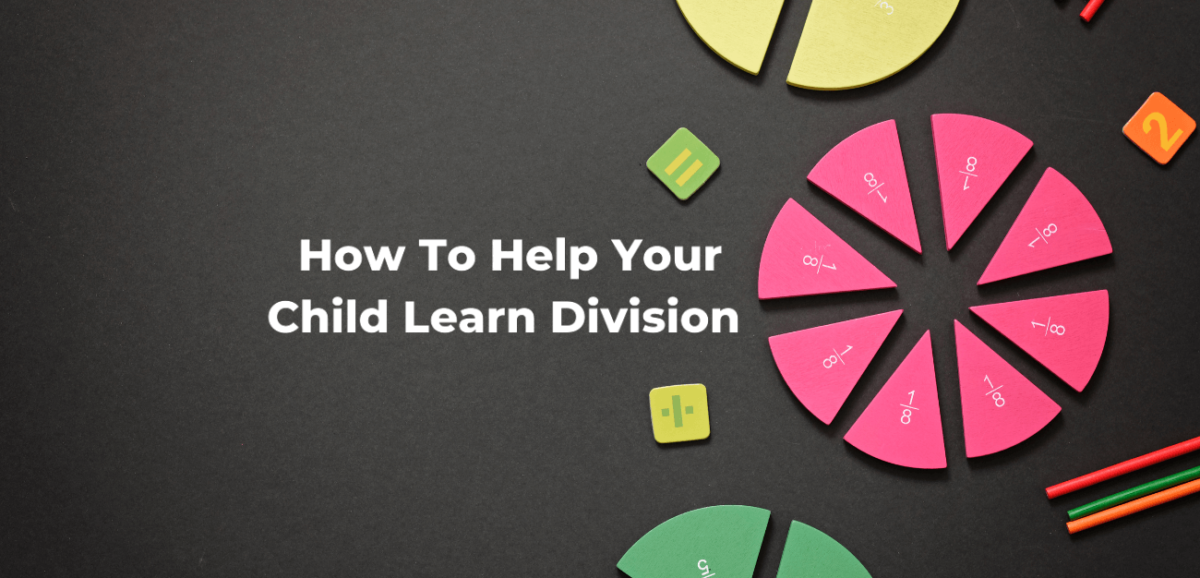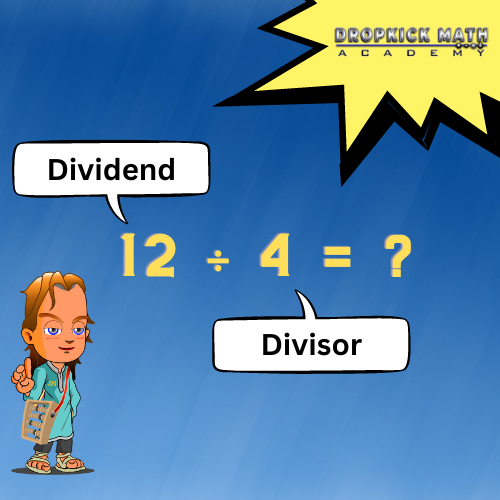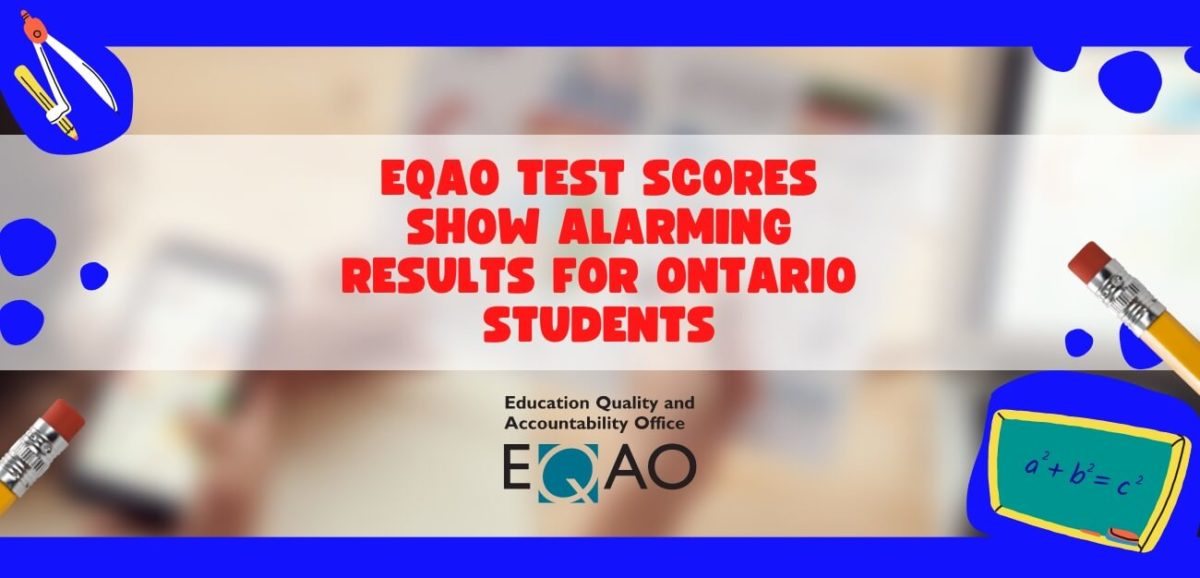Do math and fun often seem like polar opposites to you? You’re not alone – a lot of parents find it hard to make math an enjoyable experience for their kiddos. Fear not, though; with the right strategies, you can get your child engaged in mathematics and have some laughs along the way! In this blog post, we’ll be talking about how to make math more entertaining for your child – from using simple games to introducing helpful tools. If you are still struggling, there are many math help services that can be utilized to get your child excited about mathematics. So read on if you want to help your son or daughter take a shine to their arithmetic lessons.
Make It A Game
First and foremost, anything can be fun when made into a game. Game-based learning has been touted repeatedly as one of the best ways to get children engaged and interested in learning.
For young students, games and friendly competition provide an ideal way to speed up the learning process. Hands-on activities like playing cards or board games, and completing puzzles, can help kids access and understand new information quickly and more effectively than through direct teaching.
By competing with a friend or family member, players are also encouraged to expand their knowledge in order to win the game. Furthermore, games heighten the excitement of learning something new and give kids a valuable break from the traditional school curriculum.
At Dropkick Math Academy, game-based learning is at the center of our student’s educational experience. We understand that children typically learn best when they can actively engage with their subject material in a fun and creative way.
With game-based study models, our students actively explore complex ideas through play. Our game-based curriculum exposes students to the core concepts of math and encourages them to use problem-solving techniques to find solutions and advance further in gameplay.
Make Use Of Screens
Kids today can no longer imagine life without their devices and screens, so why not make the most of it? Using apps and games to reinforce kids’ understanding of math concepts effectively keeps kids engaged while they learn. With a wide range of interactive activities, kids have fun while being exposed to Math concepts and developing their problem-solving skills. From games designed for kids as young as three all the way up to linking theoretical math skills with video games, these apps and games can be an enjoyable and rewarding way for kids to build confidence in their Math abilities.
Dropkick Math provides virtual math tutoring programs that are an invaluable resource for children and parents alike. Our virtual environment allows children to learn and grow while staying safe in the comfort of their own homes, eliminating the need for physical classrooms and face-to-face instruction.
With our range of math help services, students can access exciting virtual activities and other resources all at the click of a mouse. With Dropkick Math, there’s no stopping your child’s learning journey!
Make It Relevant
It’s important to engage kids in math by teaching them how relevant math is to their own lives. Showing kids how math is used for practical purposes in the real world helps them understand why it is necessary and worthwhile.
By connecting math topics like multiplication, fractions, and equations to experiences from everyday life, such as shopping and telling time, kids learn in a more meaningful way that allows math skills to become part of who they are. When kids form this connection between math and real-life situations, it can shift their mindset from feeling frustrated with math to appreciating its utility and valuing what it can do for them.
Watch Your Words
As parents, it’s all too easy to accidentally introduce math anxiety in our children without even realizing it. A simple statement such as “I am not good at math” can negatively impact our kids because it alters how math is perceived and internalized by them. It creates a harmful perception of math and could lead to math anxiety, which can affect how children perform and how they view themselves in math-related fields in the future.
We should take care to avoid slipping up with our words when speaking with our kids about math and never allow our own math anxieties to interfere with their math learning experience.
If you do feel anxious about math and don’t know where to start when trying to help your child learn, Dropkick Math Academy may be able to help! We encourage parents to be involved and learn alongside their children.
As any parent knows, children thrive when they feel loved and supported. This is especially true when it comes to education. When parents are involved in their child’s education, it sends a message of acceptance, inclusion, and respect. This can increase a child’s confidence and motivation, leading to better grades and improved social skills, resulting in them having fun while learning!
Connect Reading With Math
Connecting math and reading can be a great complement for children who enjoy reading! There are many books available that can help young learners understand math concepts more easily by introducing them through stories.
Reading about math and its application in a fiction story is an enjoyable way to engage children with mathematical ideas, build comprehension skills and support understanding of the sometimes complicated principles of mathematics. It might even pique their interest to pursue more advanced problem-solving! So if your child loves to read, consider engaging them with a read-aloud book about math for an entertaining and educational experience.
A Love Of Learning
Learning math can often be intimidating for children, especially if they struggle to understand a difficult concept. However, making learning math fun and engaging can be hugely beneficial when it comes to their future success. When children experience learning positively, they are more likely to become eager and confident learners – profiting both academically and personally.
Whether through games or innovative applications of problem-solving questions, learning math should not have to come at the cost of joy and anticipation. By introducing elements of creativity into learning, children will soon find mathematics an enjoyable part of learning.
Committed To Making Learning Fun
Dropkick Math Academy is committed to making learning math an enjoyable and rewarding experience for your child. With certified Ontario teachers providing personalized instruction tailored to each student, Dropkick’s program helps boost confidence levels and ensures your child has the skills they need to thrive in the future.
Not only can Dropkick Math help sharpen math fundamentals, but it can also provide fun activities and games that will keep your child engaged and excited about learning more. Our Toronto math services are the perfect way to give your child a head start into success!
Learn more about our programs and get your child started today!













